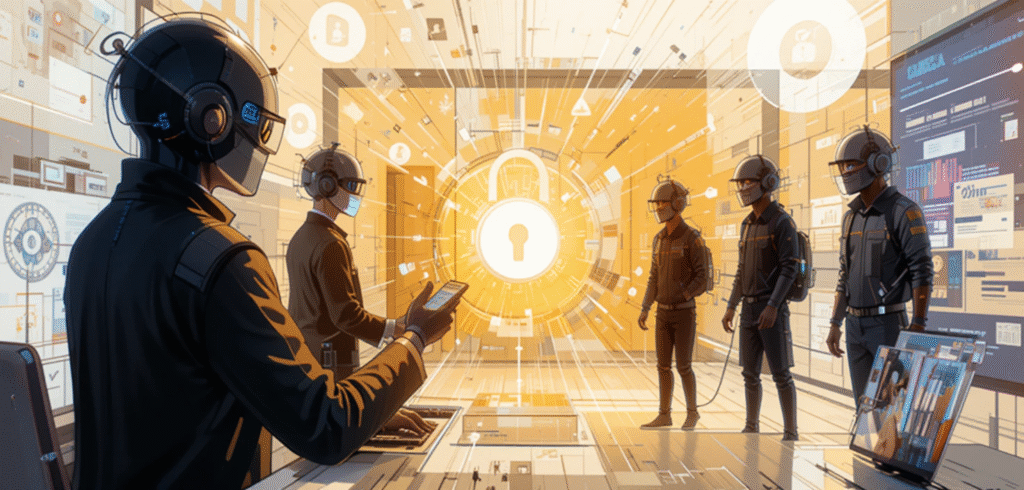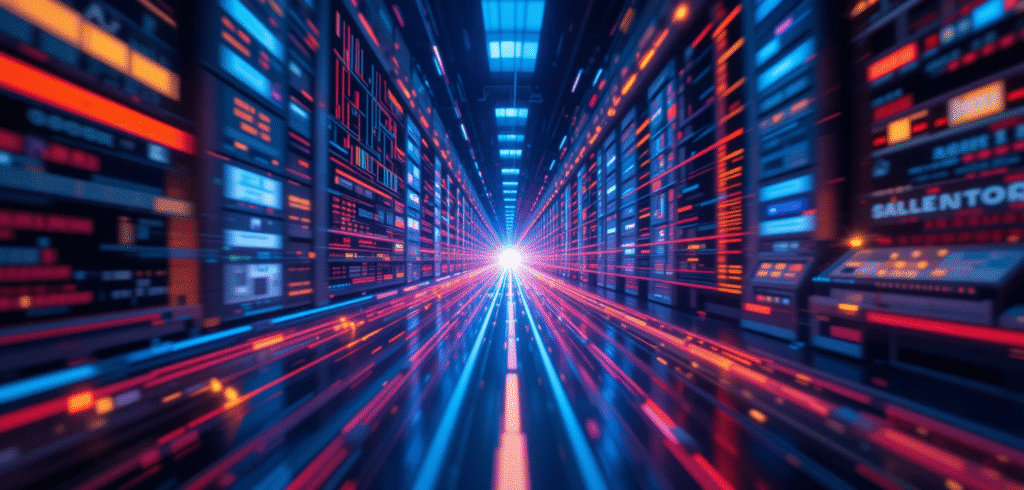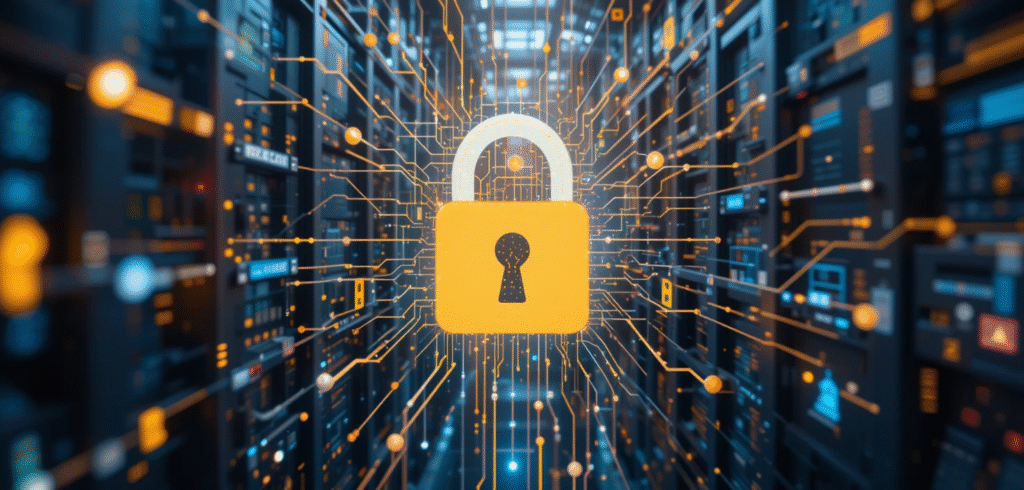
Data security has emerged as one of the most important issues facing people, businesses, and governments alike in today’s linked world. Online transactions, cloud storage, mobile applications, social networking sites, and digital technologies are all expanding at a breakneck pace, creating and sharing vast amounts of personal and corporate data every second. Convenience and efficiency have resulted from this change, but it has also put private data at serious risk from ransomware, phishing, hacking, identity theft, and illegal monitoring. Protecting this priceless data from breaches and exploitation has become a crucial duty as people and organizations depend more and more on digital platforms.
Being Aware of Data Security
The practice of protecting digital information from theft, corruption, and illegal access at every stage of its lifespan is known as data security. In order to preserve data confidentiality, integrity, and availability (CIA), it entails putting best practices, tools, and technology into effect. Integrity ensures that data stays correct and unmodified, availability ensures that data can be accessed when needed without needless delays, and confidentiality ensures that only authorized individuals may access information. These ideas work together to create the cornerstone of contemporary cybersecurity tactics.
The Digital Age and Its Difficulties
The digital era has revolutionized every sector, from healthcare and banking to education and e-commerce. However, with digital transformation comes a variety of cybersecurity challenges. Organizations store large amounts of sensitive data, including customer records, payment information, medical histories, and trade secrets, often in online databases and cloud systems. Cybercriminals exploit weaknesses in these systems, launching sophisticated attacks to gain unauthorized access.
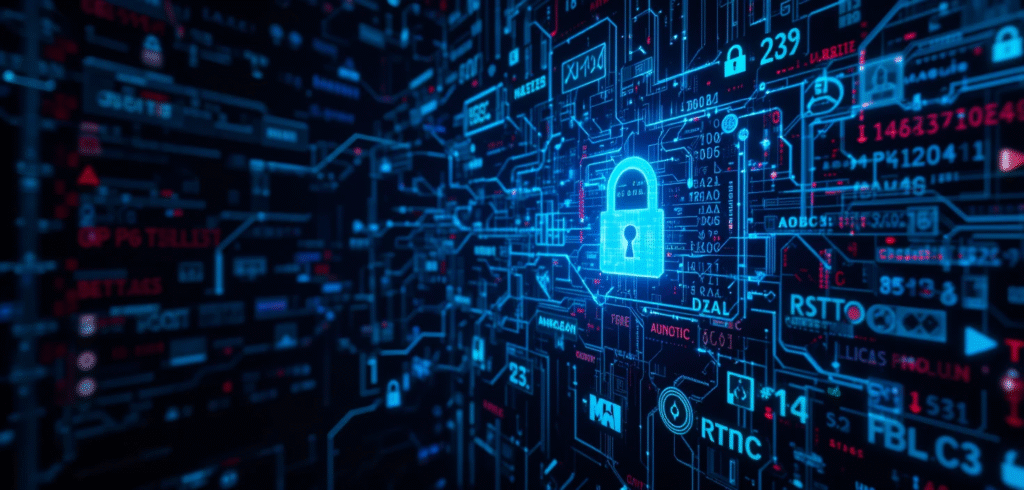
Furthermore, because employees frequently access confidential company data on personal devices connected to unprotected networks, the proliferation of remote work and bring-your-own-device (BYOD) rules has further enhanced risks. Additionally, the Internet of Things (IoT) and artificial intelligence (AI) have increased the attack surface by providing new avenues of entry for bad actors. As a result, although the digital age is empowering, it also necessitates more awareness and preventative data security measures.
Common Cyberthreats in the Age of Digitalization
Attacks by Phishers
Phishing is the practice of sending phony emails or messages with the intention of fooling recipients into divulging private information, like credit card numbers and passwords. These assaults, which take advantage of human error, are among the most popular techniques employed by hackers.
The ransomware
Malicious malware known as ransomware encrypts data or locks users out of their devices until a ransom is paid. In recent years, prominent ransomware attacks have left government organizations, businesses, and hospitals in ruins.
Data Violations
A data breach occurs when unauthorized individuals gain access to sensitive information, often due to weak security measures. Breaches can lead to identity theft, financial fraud, and long-term reputational damage for organizations.
Insider Dangers
Occasionally, the organization itself poses the greatest risk. Insider threats are especially serious because workers who have access to vital systems may purposefully or unintentionally jeopardize data security.
The Function of Encryption
By transforming data into unintelligible code that can only be decoded with the right key, encryption plays a crucial part in data protection. End-to-end encryption eliminates the possibility of data interception during transmission between devices. Online banking, e-commerce platforms, and encrypted messaging apps all make extensive use of this technology. Since cloud storage has grown in popularity, encryption has become even more crucial for protecting private data saved remotely from unwanted access.
Cloud Security Issues
The way businesses store and access data has changed as a result of cloud computing. But it also brings with it special security threats. Data security is a shared obligation between cloud providers and users. Vulnerabilities in cloud infrastructures, inadequate access controls, and weak settings frequently result in breaches. Businesses must use multi-factor authentication, robust encryption, and ongoing monitoring to secure cloud environments. Furthermore, responsible management of personal data depends on adherence to data protection laws like the California Consumer Privacy Act (CCPA) and the General Data Protection Regulation (GDPR).
Rules and Data Privacy
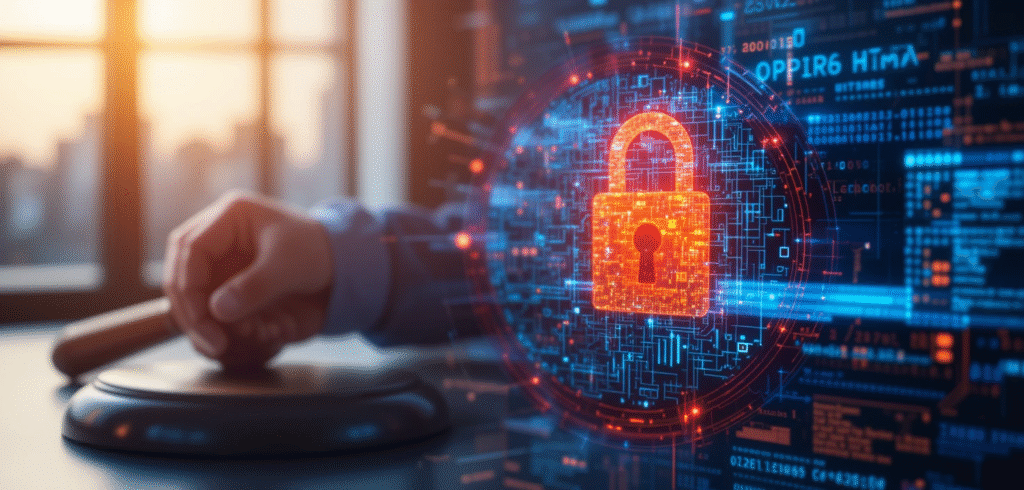
Governments around the world have enacted laws to protect data privacy and hold companies responsible for improper information management as cyber risks increase. For instance, the GDPR in Europe places stringent restrictions on how businesses gather, use, and keep personal data, necessitating user consent and transparency. The United States’ HIPAA (Health Insurance Portability and Accountability Act) also safeguards private medical information. Heavy fines and harm to one’s reputation may follow noncompliance with such regulations. Therefore, enterprises must prioritize compliance alongside their security initiatives.
Cybersecurity: The Use of AI and Machine Learning
The capacity to identify and react to threats in real-time has improved with the incorporation of artificial intelligence (AI) and machine learning (ML) into cybersecurity. More quickly than human analysts, AI-powered systems can examine vast amounts of data to find trends, abnormalities, and questionable activity. Machine learning algorithms, for instance, are able to identify anomalous login attempts and mark them as possible intrusions. But fraudsters are also using AI to develop increasingly complex attacks, such automated phishing operations and deepfakes. In terms of data security, this dual application of AI offers both possibilities and difficulties.
Data Security’s Future
Data security will continue to be a dynamic and developing field in the future. There will be new security opportunities and difficulties as 5G, blockchain, and quantum computing continue to develop. For example, the development of post-quantum cryptography is necessary because quantum computing may be able to crack existing encryption techniques. However, blockchain presents intriguing options for transparent and safe data transactions. Governments, businesses, and individuals must work together to embrace new technologies and sustain a cybersecurity-aware culture if data security is to survive in the future.
Final Thoughts
In the digital age, where data is frequently referred to as the “new oil,” protecting it is essential for upholding privacy, preserving trust, and guaranteeing the efficient operation of societies and organizations. As cyber dangers continue to change, so too will the methods and resources used to combat them. Organizations and people can build a strong defense against cyber threats by adopting encryption, compliance rules, AI-powered threat detection, and best practices. In the end, data security is a continuous process that needs to change in tandem with technology developments rather than being a one-time expenditure. We can only secure the digital world and the sensitive data that powers it by being vigilant and innovative all the time.

